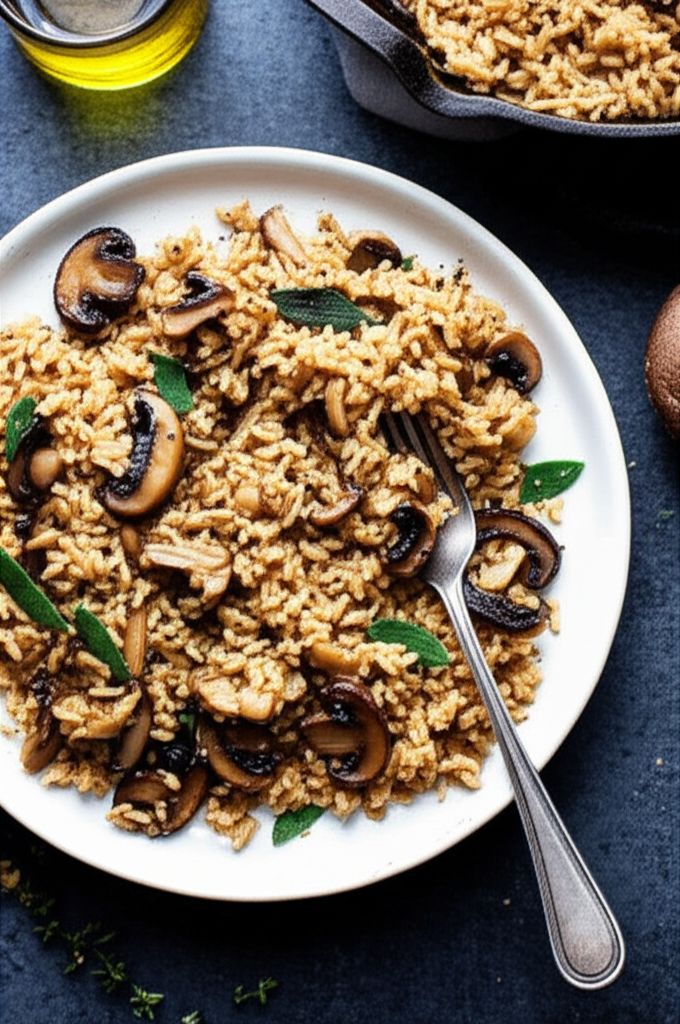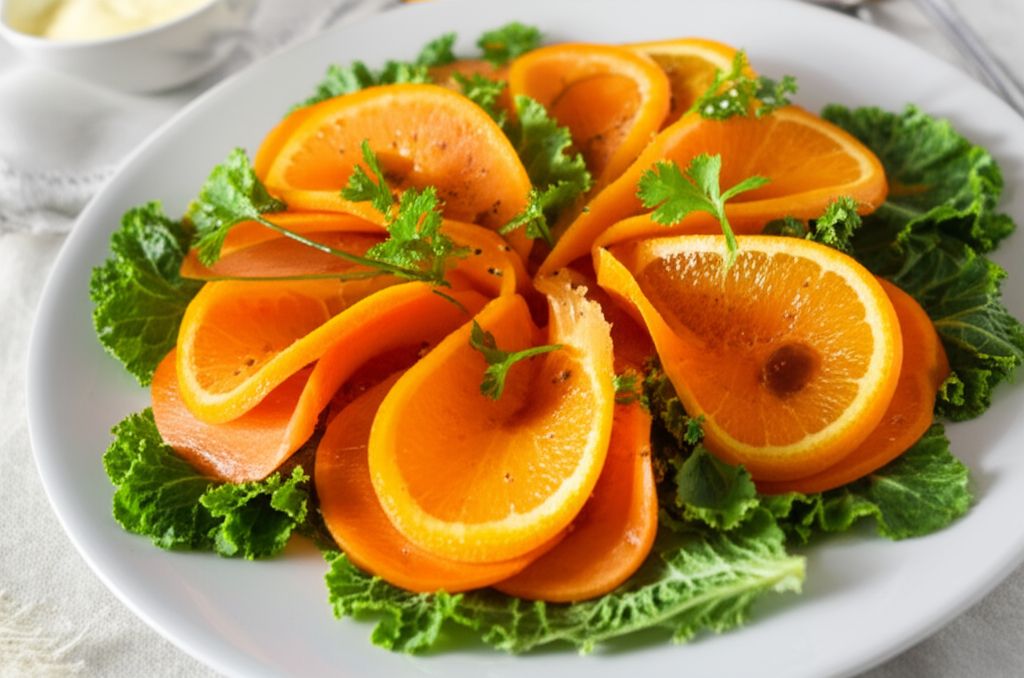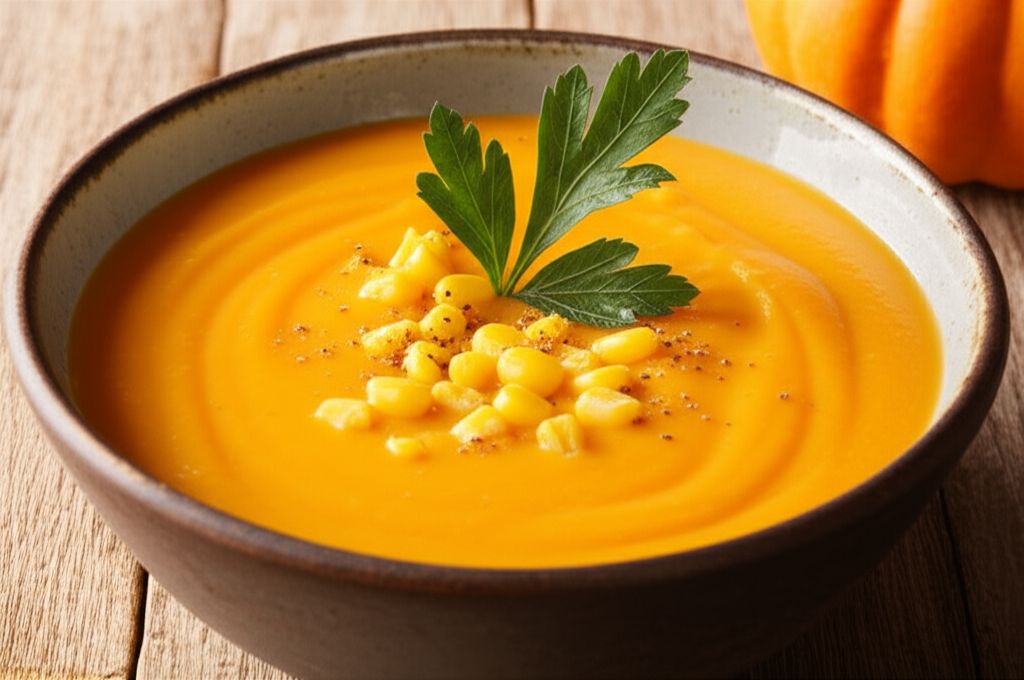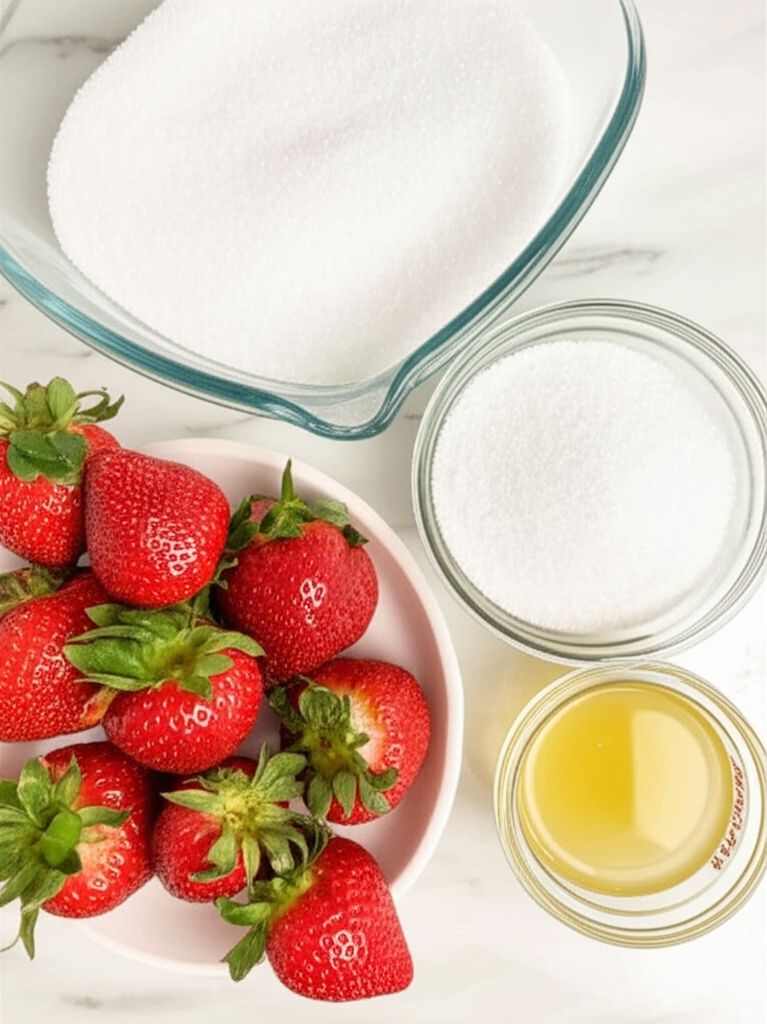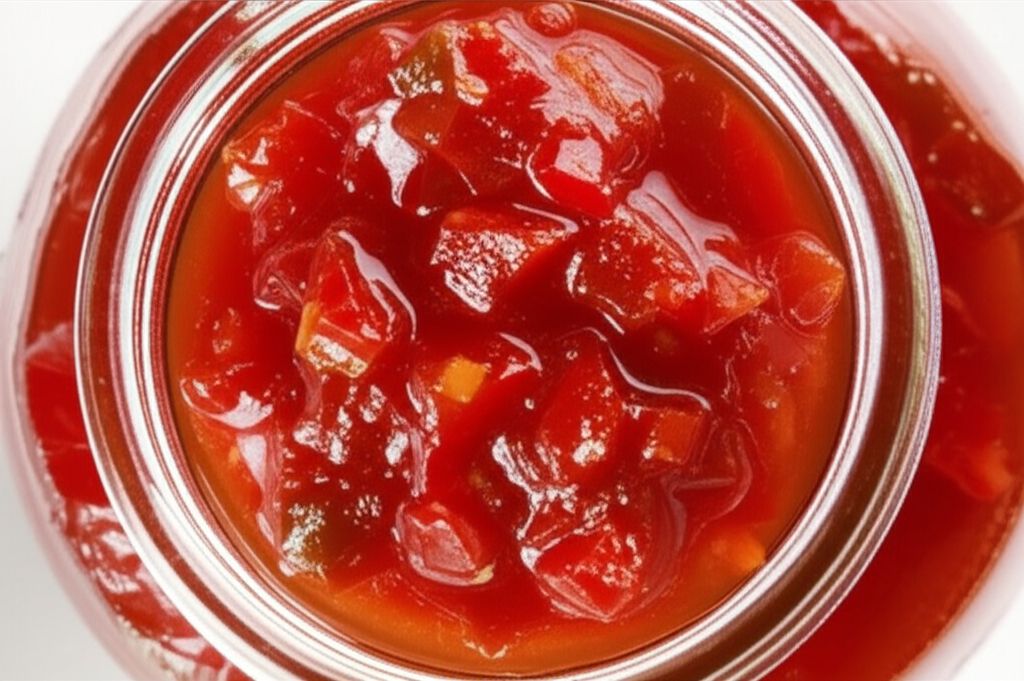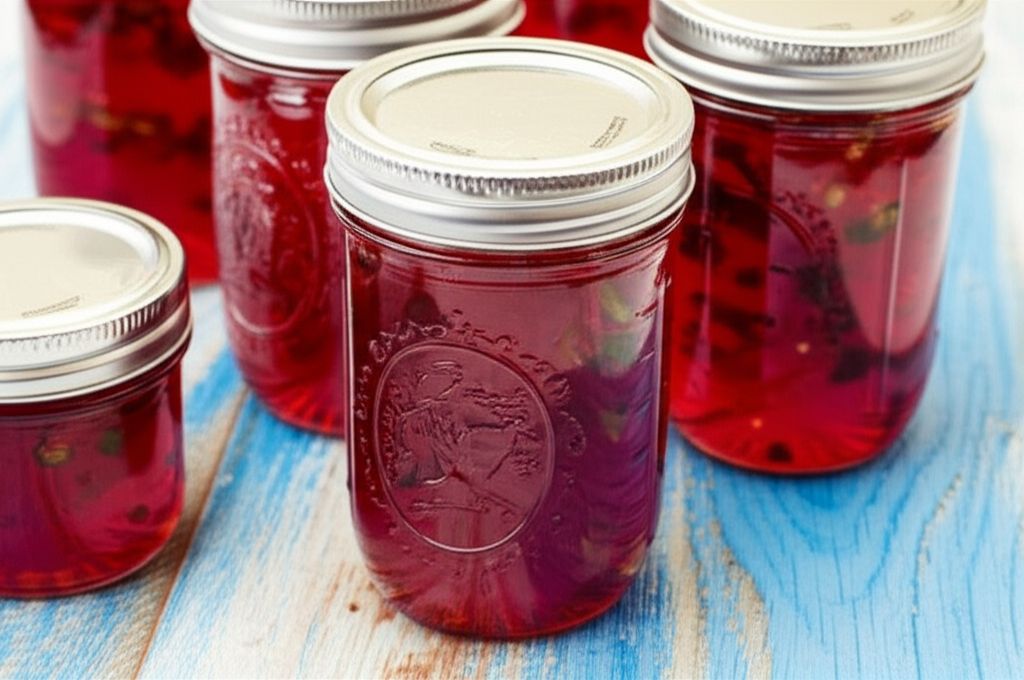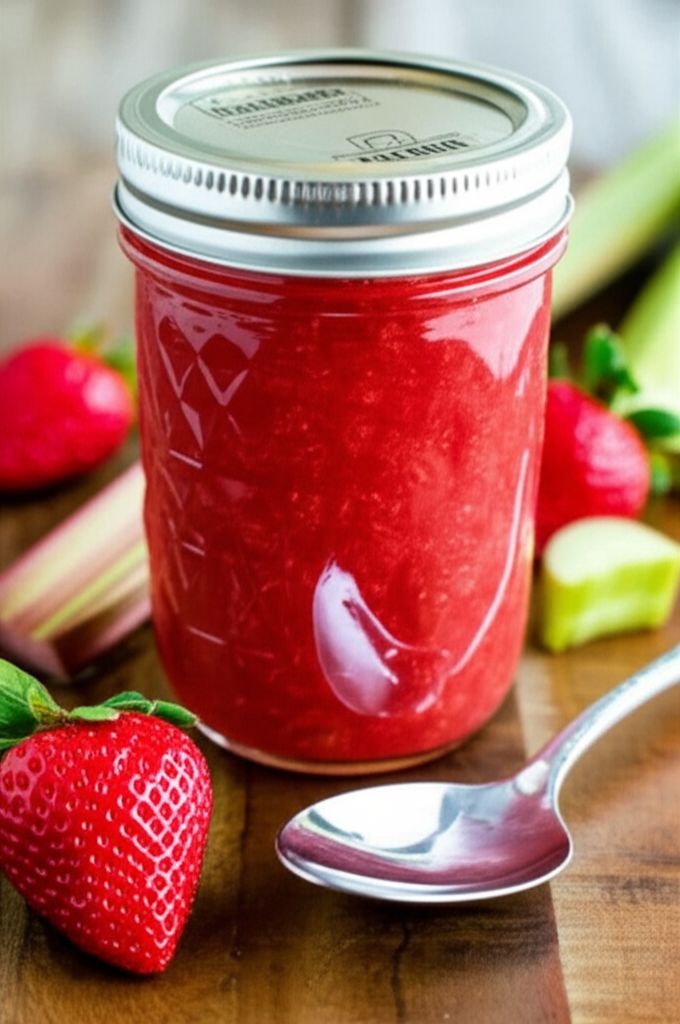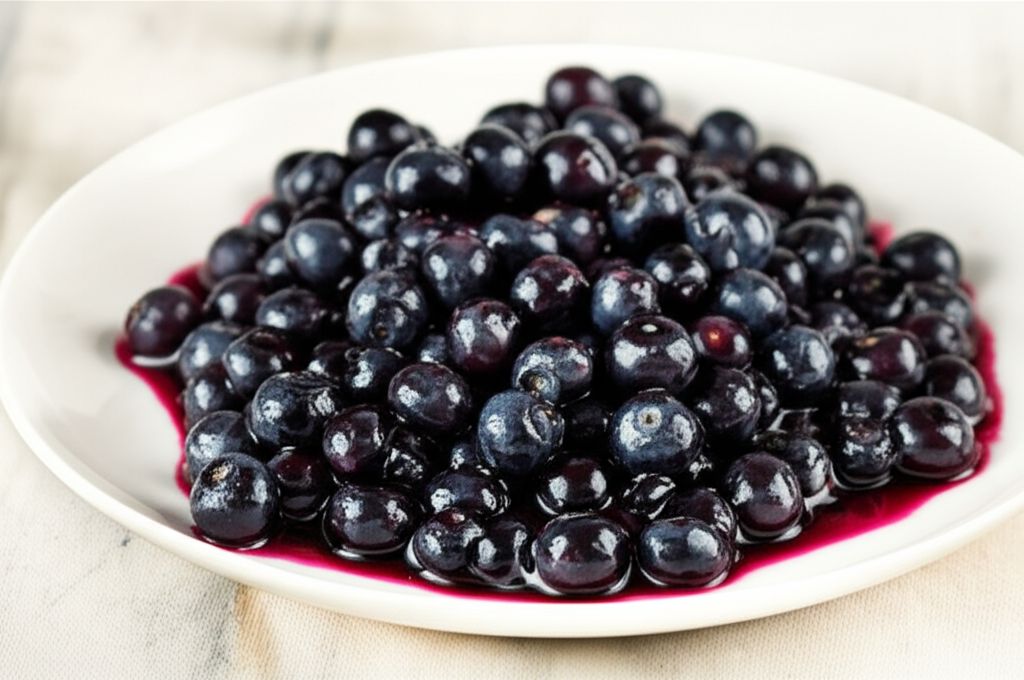Use freshly picked elderflowers for the best flavor. Ensure they are free from pesticides and pollutants. Gently wash the elderflower heads before use, but avoid soaking them for too long, as this can diminish their delicate aroma. Adjust the amount of citric acid to taste. If the jelly is not setting properly, a little extra citric acid can help. However, be careful not to add too much, as it can make the jelly taste tart. For a clearer jelly, strain the apple cider through a finer mesh cheesecloth or muslin cloth. If you don't have access to fresh elderflowers, you can use elderflower cordial or syrup as a substitute. Adjust the amount of sugar accordingly, as the cordial or syrup will already contain sugar.
Elderflower Apple Jelly
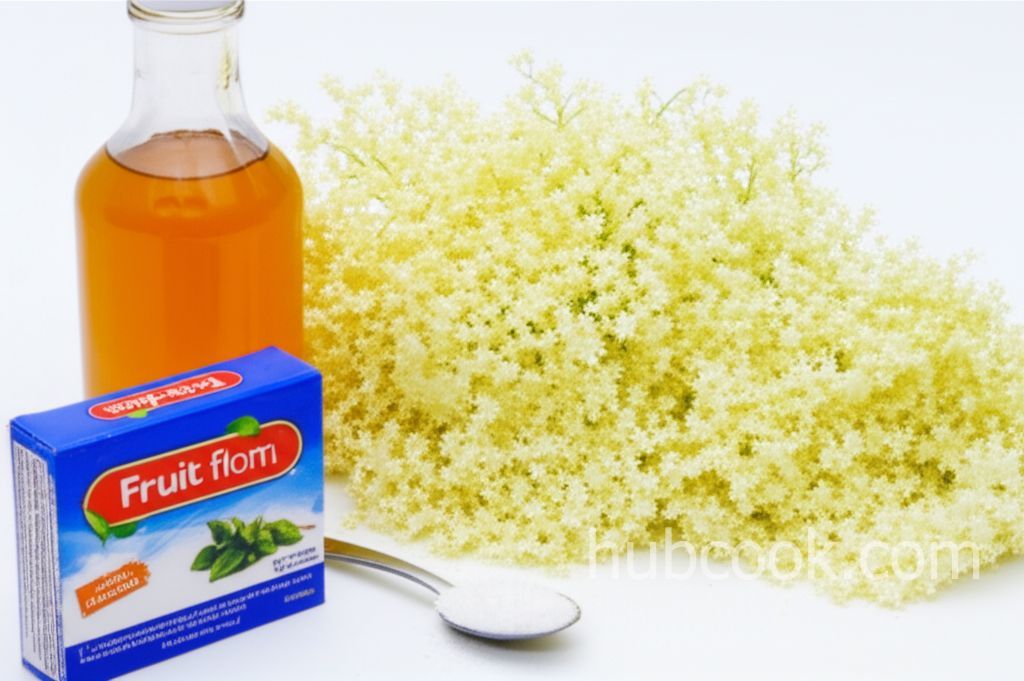
-
PREP TIME15 mins
-
COOK TIME20 mins
-
TOTAL TIME24 hrs 35 mins
-
SERVING96 People
-
VIEWS0
Capture the fleeting essence of summer with this exquisite Elderflower Apple Jelly. Infused with the delicate floral notes of elderflower blossoms and the crisp sweetness of apple cider, this jelly is a delightful spread for scones, toast, or as an elegant accompaniment to cheeses.
Ingridients
Nutrition
-
Carbohydrate10 g
-
Sodium2 mg
-
Sugar10 g
-
Unsaturated Fat0 g
Follow The Directions
01
StepPrepare your canning equipment: Inspect 6 half-pint jars for any cracks or defects. Discard any damaged jars. Place the jars in a simmering water bath to sterilize them until the jelly is ready. Wash new, unused lids and rings in warm, soapy water. (Prep time: 15 minutes)
02
StepInfuse the apple cider: Gently place the elderflower umbels into a non-reactive bowl (glass or plastic). Pour the apple cider over the flowers, ensuring they are fully submerged. If necessary, weigh down the flowers with a small plate. Cover the bowl and refrigerate for 24 hours to extract the elderflower flavor. (Infusion time: 24 hours)
03
StepStrain and combine: Line a colander with two layers of cheesecloth. Strain the infused apple cider through the cheesecloth into a large, heavy-bottomed pot. Discard the spent elderflowers. Add the sugar to the strained cider and heat the mixture slowly over medium heat, stirring constantly until the sugar is completely dissolved. (Prep time: 10 minutes)
04
StepCook the jelly: Add the fruit pectin to the pot and stir well to combine. Bring the mixture to a full, rolling boil over high heat, stirring constantly to prevent scorching. Once boiling, continue to boil for exactly 1 minute, stirring vigorously. Remove the pot from the heat. (Cook time: 5 minutes)
05
StepTest for set: Place a small plate in the freezer beforehand. Spoon about 1/2 teaspoon of the hot jelly onto the chilled plate. Tilt the plate back and forth and observe. If the jelly sets quickly and forms a skin, it is ready. If the jelly remains liquid, return the pot to the heat, add the citric acid, and boil for another 30 seconds. Repeat the jelling test until the desired consistency is achieved. Skim off any foam from the surface of the jelly with a ladle or spoon. (Test time: 5 minutes)
06
StepFill the jars: Carefully ladle the hot jelly into the prepared jars, leaving about 1/4 inch of headspace at the top. Use a clean knife or thin spatula to run around the inside of each jar to release any trapped air bubbles. Wipe the rims of the jars with a clean, damp paper towel to remove any spills. (Filling time: 15 minutes)
07
StepProcess the jars: Place the lids on the jars and screw on the rings tightly, but not too tightly. Place a rack in the bottom of a large stockpot and fill it halfway with water. Bring the water to a boil. Gently lower the jars into the boiling water using a jar lifter, ensuring they are spaced at least 2 inches apart. Add more boiling water to the pot, if necessary, to cover the jars by at least 1 inch. Bring the water back to a rolling boil, cover the pot, and process the jars for 10 minutes. (Processing time: 25 minutes)
08
StepCool and store: Carefully remove the jars from the stockpot using the jar lifter and place them on a cloth-covered surface or wooden board, several inches apart. Let the jars cool undisturbed for 24 hours. As the jars cool, you should hear a popping sound as the lids seal. After 24 hours, check the seals by gently pressing the center of each lid. If the lid does not flex or move up and down, it is properly sealed. Remove the rings for storage (they can rust) and store the jars of jelly in a cool, dark place. (Cooling time: 24 hours)



